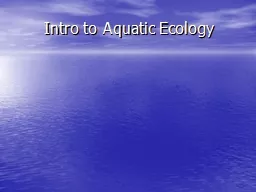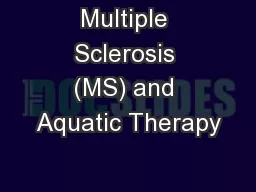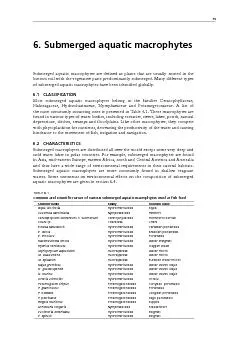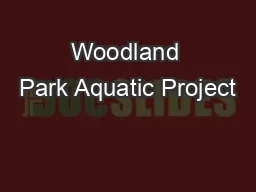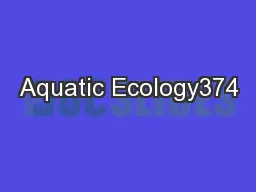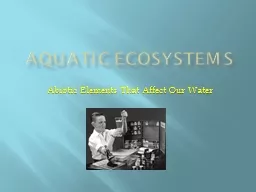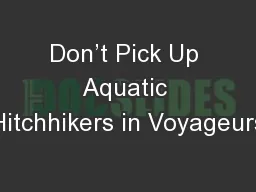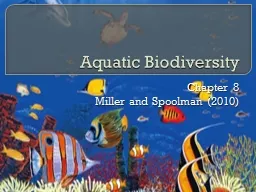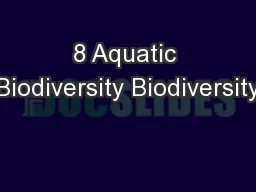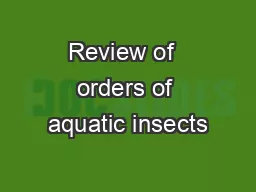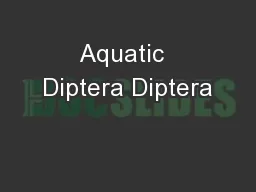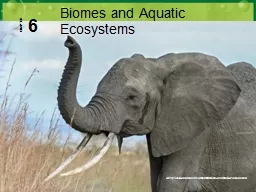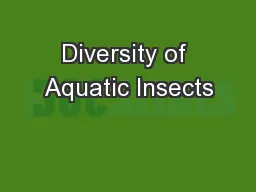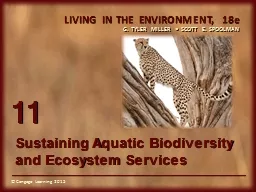PPT-Intro to Aquatic Ecology
Author : debby-jeon | Published Date : 2018-10-23
Energy into the earth Of 100 of earths energy how much comes from the sun Of all the sun energy how much is taken up by photosynthesis on earth What happens to
Presentation Embed Code
Download Presentation
Download Presentation The PPT/PDF document "Intro to Aquatic Ecology" is the property of its rightful owner. Permission is granted to download and print the materials on this website for personal, non-commercial use only, and to display it on your personal computer provided you do not modify the materials and that you retain all copyright notices contained in the materials. By downloading content from our website, you accept the terms of this agreement.
Intro to Aquatic Ecology: Transcript
Download Rules Of Document
"Intro to Aquatic Ecology"The content belongs to its owner. You may download and print it for personal use, without modification, and keep all copyright notices. By downloading, you agree to these terms.
Related Documents

